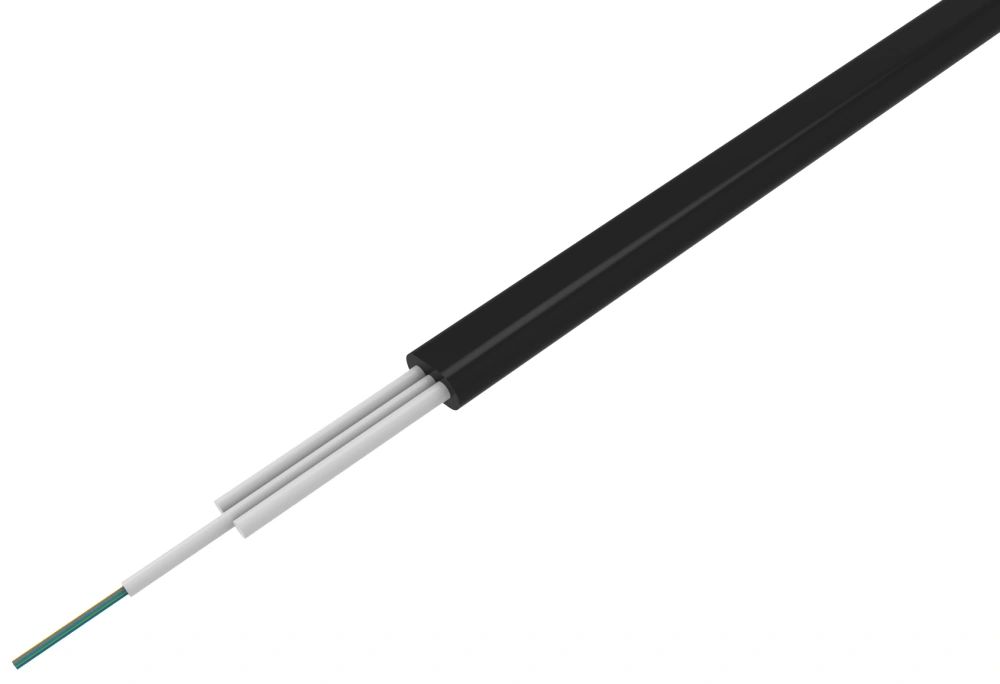Essential Guidelines for Indoor Optical Cables

In today's modern world, the demand for high-speed connectivity is rapidly increasing. As a result, indoor optical cables have become an essential component of modern communication systems. To ensure consistency and reliability, it is crucial to establish standardization and specification guidelines for indoor optical cables. This article provides an in-depth analysis of the development, importance, and guidelines for indoor optical cable standardization.
Importance of Standardization
Standardization plays a pivotal role in the development and implementation of indoor optical cables. It guarantees compatibility, interoperability, and performance of various vendors' products. Standardization eliminates potential issues that might arise due to varied specifications and ensures seamless integration of indoor optical cables into diverse communication networks. Furthermore, standardized products provide an unbiased benchmark against which vendors can compare their offerings.
Development of Specifications
The development of specifications for indoor optical cables requires thorough research and industry collaboration. It involves defining the cable's physical attributes, such as cable diameter, fiber type, and jacket material. Additionally, it encompasses important performance parameters, including attenuation, crosstalk, and bend radius. By establishing clear and concise specifications, manufacturers can design and produce high-quality indoor optical cables that meet industry requirements.
Guidelines for Standardization
To ensure efficient standardization, the following guidelines must be considered:
Consistency: The standardization process should align with existing industry standards to foster compatibility and integration among different components of the communication system.
Flexibility: Standardized guidelines should allow for technological advancements and evolving market needs without compromising backward compatibility.
Clarity: Specifications and guidelines should be written in clear and unambiguous language, leaving no room for interpretation or confusion.
Industry Collaboration: Collaboration among industry stakeholders, including manufacturers, regulatory bodies, and technology experts, is vital for the development of comprehensive and effective standards.
In conclusion, the standardization and specification guidance for indoor optical cables are crucial for the seamless integration and performance of these cables in modern communication networks. By following well-defined guidelines and specifications, manufacturers can ensure the production of high-quality optical cables that meet industry standards. The establishment of industry-wide standards promotes compatibility, reliability, and interoperability, ultimately benefiting consumers and driving technological advancements in the field of indoor optical cables.



